Delong Zhang
Learning Implicit Features with Flow Infused Attention for Realistic Virtual Try-On
Dec 16, 2024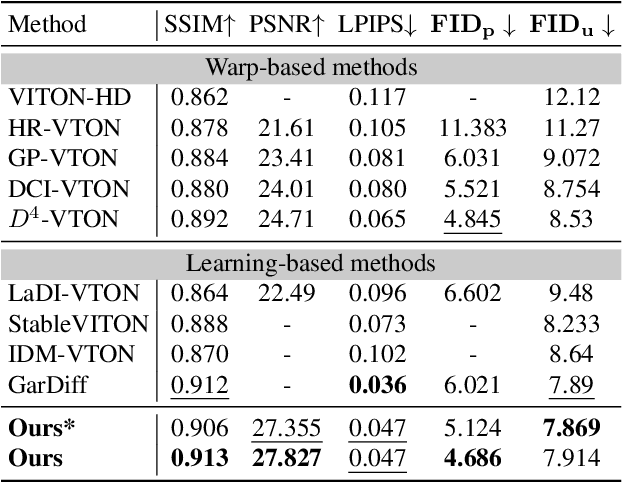
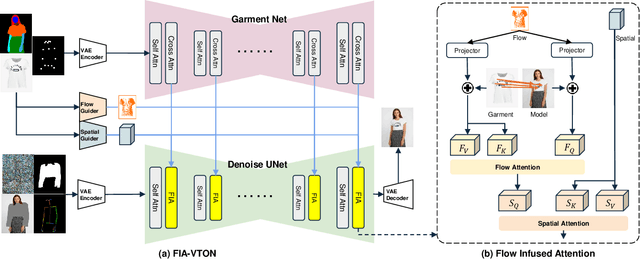

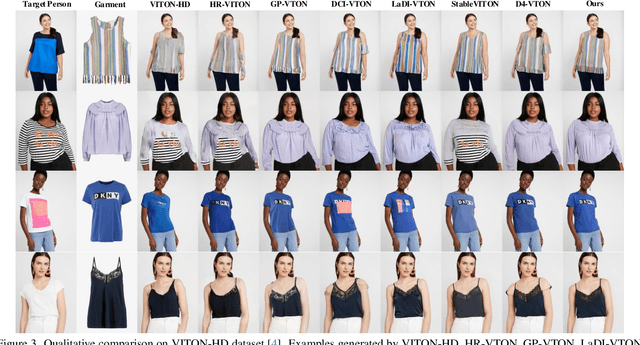
Abstract:Image-based virtual try-on is challenging since the generated image should fit the garment to model images in various poses and keep the characteristics and details of the garment simultaneously. A popular research stream warps the garment image firstly to reduce the burden of the generation stage, which relies highly on the performance of the warping module. Other methods without explicit warping often lack sufficient guidance to fit the garment to the model images. In this paper, we propose FIA-VTON, which leverages the implicit warp feature by adopting a Flow Infused Attention module on virtual try-on. The dense warp flow map is projected as indirect guidance attention to enhance the feature map warping in the generation process implicitly, which is less sensitive to the warping estimation accuracy than an explicit warp of the garment image. To further enhance implicit warp guidance, we incorporate high-level spatial attention to complement the dense warp. Experimental results on the VTON-HD and DressCode dataset significantly outperform state-of-the-art methods, demonstrating that FIA-VTON is effective and robust for virtual try-on.
PixelFade: Privacy-preserving Person Re-identification with Noise-guided Progressive Replacement
Aug 10, 2024Abstract:Online person re-identification services face privacy breaches from potential data leakage and recovery attacks, exposing cloud-stored images to malicious attackers and triggering public concern. The privacy protection of pedestrian images is crucial. Previous privacy-preserving person re-identification methods are unable to resist recovery attacks and compromise accuracy. In this paper, we propose an iterative method (PixelFade) to optimize pedestrian images into noise-like images to resist recovery attacks. We first give an in-depth study of protected images from previous privacy methods, which reveal that the chaos of protected images can disrupt the learning of recovery models. Accordingly, Specifically, we propose Noise-guided Objective Function with the feature constraints of a specific authorization model, optimizing pedestrian images to normal-distributed noise images while preserving their original identity information as per the authorization model. To solve the above non-convex optimization problem, we propose a heuristic optimization algorithm that alternately performs the Constraint Operation and the Partial Replacement Operation. This strategy not only safeguards that original pixels are replaced with noises to protect privacy, but also guides the images towards an improved optimization direction to effectively preserve discriminative features. Extensive experiments demonstrate that our PixelFade outperforms previous methods in resisting recovery attacks and Re-ID performance. The code is available at https://github.com/iSEE-Laboratory/PixelFade.
What's Next? Predicting Hamiltonian Dynamics from Discrete Observations of a Vector Field
Dec 15, 2023Abstract:We present several methods for predicting the dynamics of Hamiltonian systems from discrete observations of their vector field. Each method is either informed or uninformed of the Hamiltonian property. We empirically and comparatively evaluate the methods and observe that information that the system is Hamiltonian can be effectively informed, and that different methods strike different trade-offs between efficiency and effectiveness for different dynamical systems.
Recognizing three-dimensional phase images with deep learning
Jul 22, 2021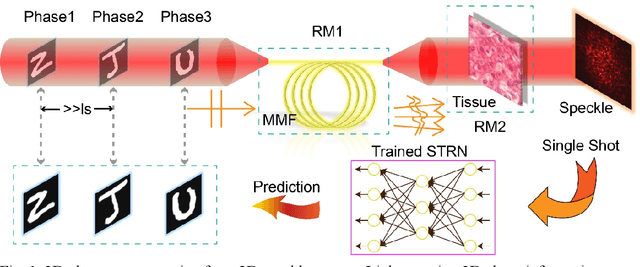
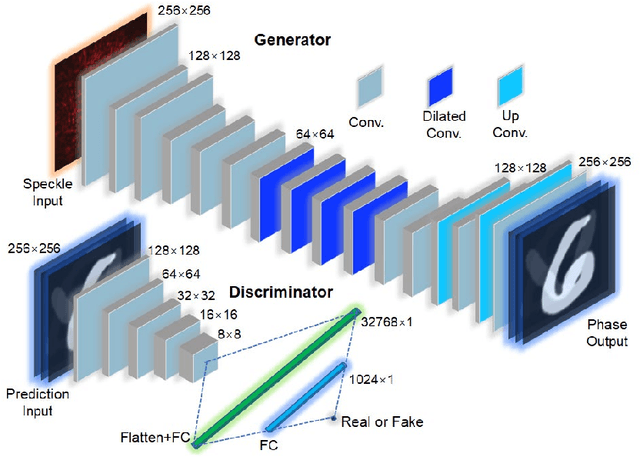
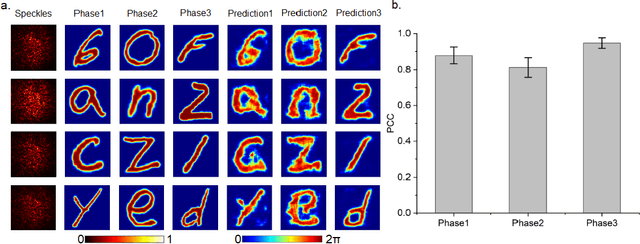
Abstract:Optical phase contains key information for biomedical and astronomical imaging. However, it is often obscured by layers of heterogeneous and scattering media, which render optical phase imaging at different depths an utmost challenge. Limited by the memory effect, current methods for phase imaging in strong scattering media are inapplicable to retrieving phases at different depths. To address this challenge, we developed a speckle three-dimensional reconstruction network (STRN) to recognize phase objects behind scattering media, which circumvents the limitations of memory effect. From the single-shot, reference-free and scanning-free speckle pattern input, STRN distinguishes depth-resolving quantitative phase information with high fidelity. Our results promise broad applications in biomedical tomography and endoscopy.
 Add to Chrome
Add to Chrome Add to Firefox
Add to Firefox Add to Edge
Add to Edge